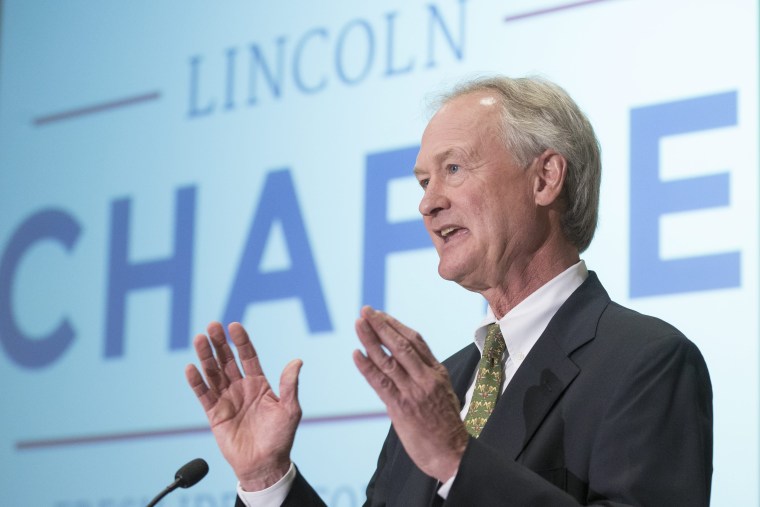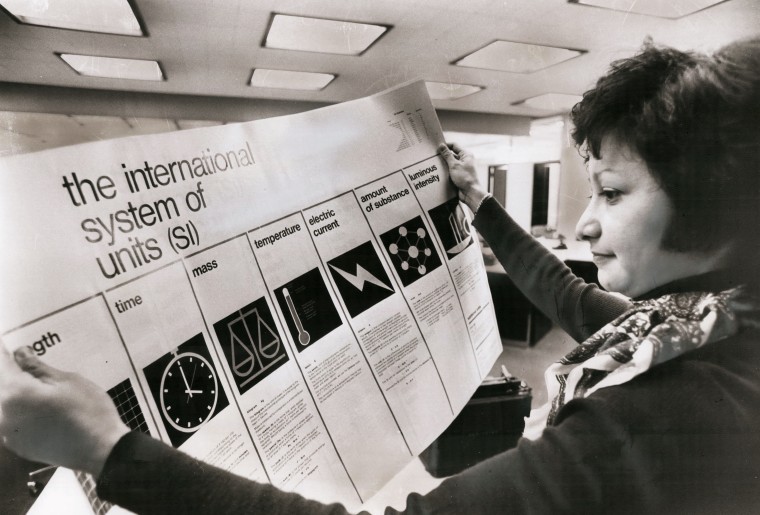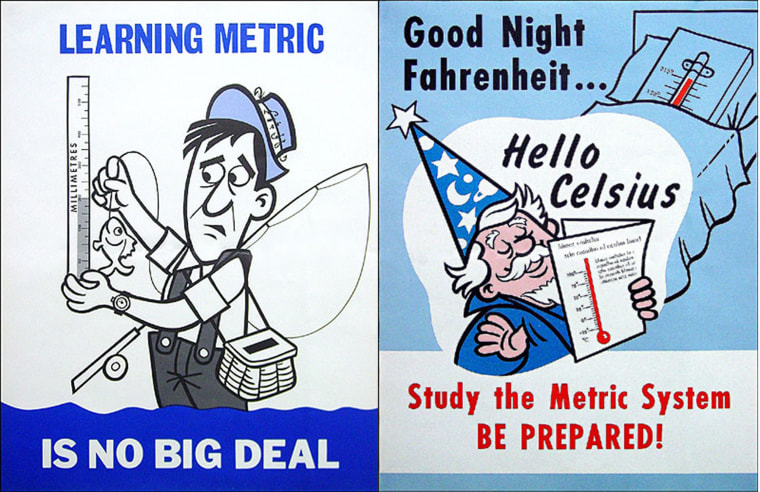As president of the U.S. Metric Association, Donald Hillger would like to think that his non-profit advocacy group had something to do with presidential candidate Lincoln Chafee's call for America to finally embrace the system of meters, liters and grams that is standard just about everywhere else in the world.
Yet, Hillger was as surprised as everyone else.
"We don't know him," the Colorado meteorologist said the morning after Chafee's announcement. "Nor have we put him up to this."
But Hillger and his fellow proponents of "metrication" couldn't be much happier.
For decades, they have been toiling in relative obscurity, nudging lawmakers, bureaucrats and business owners for help overcoming the country's visceral aversion to metric.

Their case is relatively simple: metric helps American industry compete in the global economy, and American children compete in science and medicine-related fields.
It's a largely thankless pursuit, their victories small and incremental. From time to time, they get calls from corporations looking for advice on converting their operations to metric. But the businesses often want to make the change quietly, so that the public doesn't notice.
It seems that metric has a PR problem.
"Ask people on the street, and they say, 'Oh no, this is the United States. It wasn't invented here, so why do we need it?'" said Lorelle Young, a retired high school science teacher who became a metric proselytizer in the early 1970s, during what may be the high-water mark for the movement.

In 1975, President Gerald Ford signed the Metric Conversion Act, which formalized a plan to expand use of the metric system. But it did not follow the advice of a Department of Commerce study calling for a 10-year mandatory conversion period.
Instead, metric became voluntary. And America yawned.
The explosion in global trade inspired the Omnibus Trade and Competitiveness Act of 1988, which made metric the preferred system of weights and measures in the United States. Federal agencies had to use metric in grants and other business-related activities. But there was no mandate outside government.
Still, many large corporations began implementing metric in the production of cars, computer parts, aircraft, liquor, weapons. Food ingredients lists were rewritten to include metric-based measurements.
But the general public remained uninterested.
Much of that reluctance appears to reflect American biases against broad government regulation — and distaste for all things French.
Metric's roots date back to the French Revolution, which influenced Thomas Jefferson and John Quincy Adams to push for the system back home. The modern version of the metric system is known by the French name Le Systeme International d'Unites (or, the International System of Units — SI for short).
Incidentally, the name for the U.S. system of inches, feet, ounces and pounds is avoirdupois — a French-root word originally meaning "goods of weight."
But metric has been standard across the world for decades.
According to the CIA World Factbook, America stands with Burma and Liberia as the only countries that have not adopted SI as their official system of weights and measures.
Chafee, in his Wednesday announcement, argued that a move to metric would be more symbolic than pragmatic, calling it a "bold embrace of internationalism."

Opponents have argued that it would be too expensive for America to convert to metric, and that it would sow mass confusion.
Others who want to keep the current American system say it is based on measuring things on a human scale, rather than one that originally set the length of a meter as one ten-millionth of the distance from the equator to the North Pole, then made it formal by marking the measurement on a metal bar kept in France.
There is no official estimate of what the conversion would cost. Advocates says the short term costs would be little in comparison to the long-term savings that come with increased efficiency and competitiveness.
"There are a lot of weak reasons for the bias," said Young, who recently ceded the U.S. Metric Association presidency to Hillger. "It's all so stupid and convoluted. Because we're missing out on the benefits."
